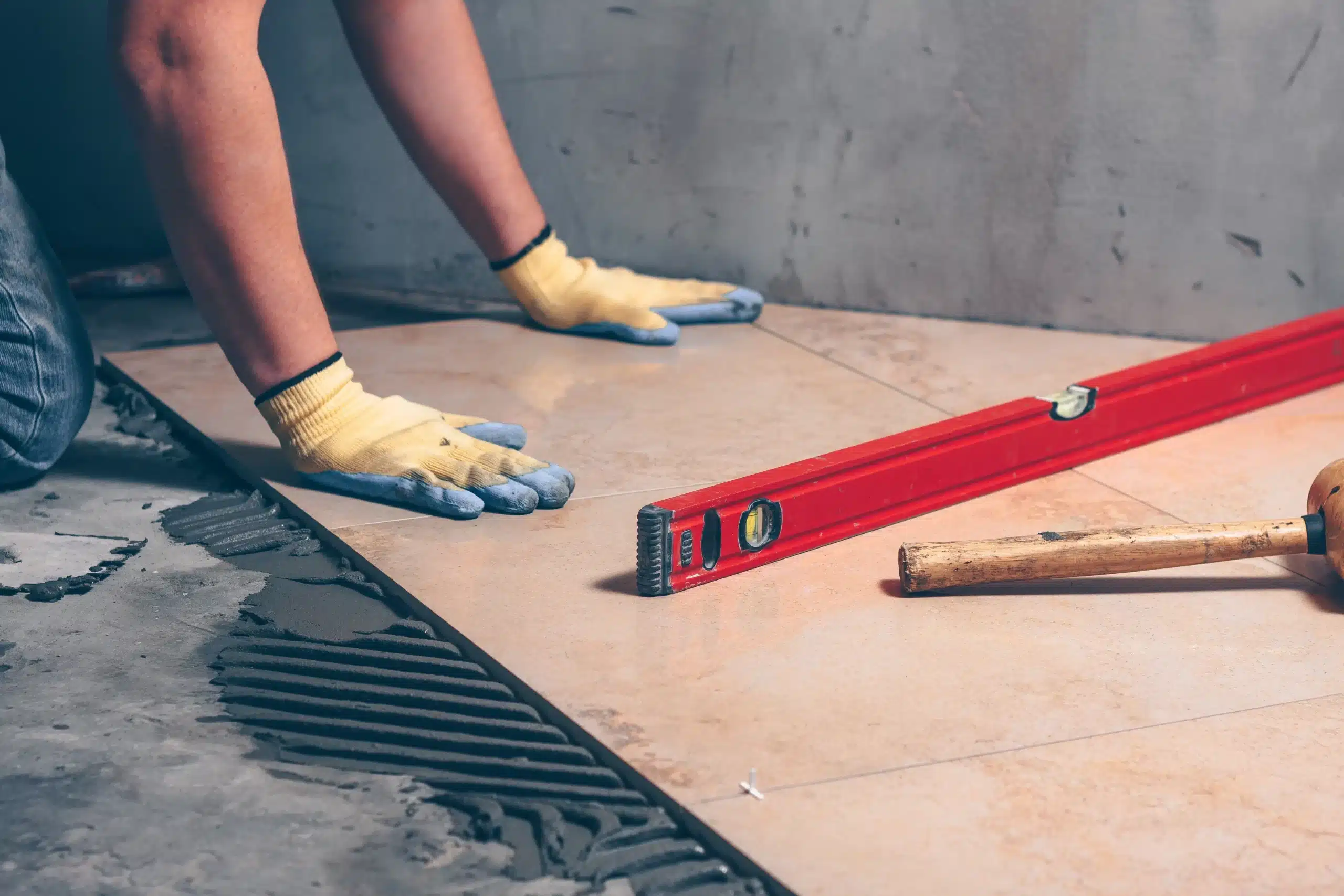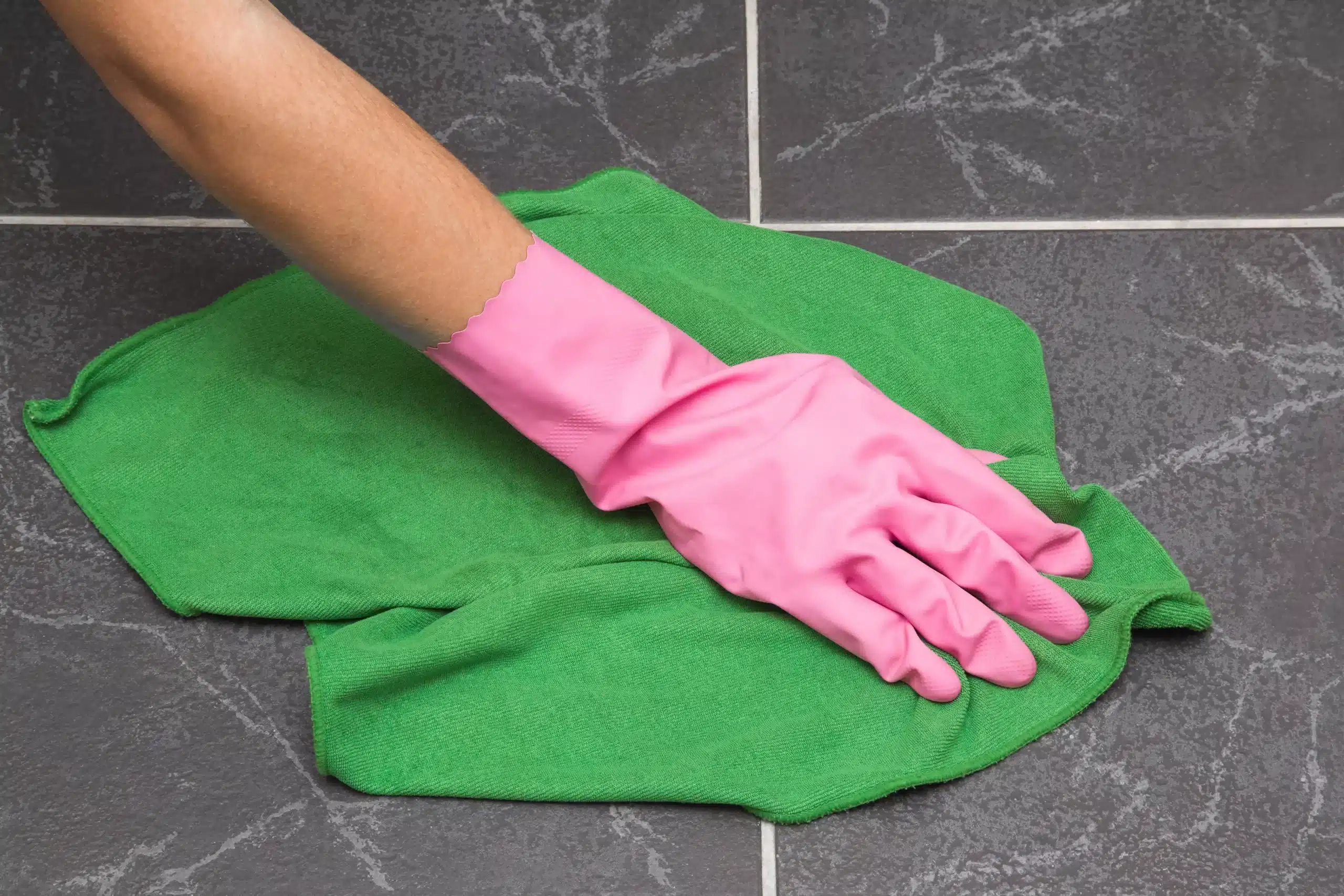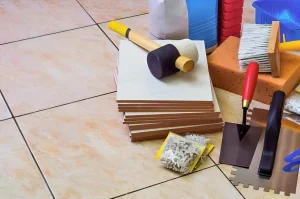
Menu
Edit
ADDRESS
Pidilite Industries Ltd,
Ramkrishna Mandir Road,
P.O. Box No. 17411,
Andheri (East) Mumbai – 400059
Check out the biggest trends of the season and our expert take on them.

Selecting the correct adhesive is absolutely essential for guaranteeing a long-lasting and durable finish when installing vitrified tiles. Low porosity and density vitrified tiles call for particular adhesives to achieve the best performance. Here’s a guide to help you select the best adhesive for vitrified tiles, with expert tips and recommendations to ensure a successful installation.
Vitrified tiles are made using a technique that produces great durability and less porosity than other tile varieties. High-traffic areas and moisture-sensitive situations would find these tiles perfect since they are resistant to stains, scratches, and moisture. Their limited porosity, however, also means they require a specific type of adhesive to bond effectively.
Using an adhesive that can create a strong bond despite the non-porous character of vitrified tiles is absolutely vital. The adhesive should be able to have a strong between the tile and the substrate, it should have high open time allowing the application of the adhesive on the tile and the substrate and it should also have a high initial grab to prevent it from slipping while fixing the tiles, especially on the walls.
Think about the surroundings where the tiles will be placed. If you are tiling a high-moisture location, say a bathroom or kitchen, you will want an adhesive strong enough to resist these circumstances.
The type and scale of vitrified tiles can affect the adhesive choice. Larger tiles or ones with complex patterns could need a stronger glue to guarantee even bonding. To guarantee compatibility, always refer to the advice of the adhesive manufacturer on tile size and type.
Effective bonding of the glue depends on appropriate surface preparation. Make sure the surface is dry, clean, and free of any pollutants, including dust, oil, or past adhesive. Before applying the adhesive, a leveling product could be required on uneven surfaces.
Look for vitrified tile adhesive products specifically designed for non-porous surfaces. These adhesives are formulated to create a strong bond with vitrified tiles.
Regarding mixing, application, and drying times, always follow product recommendations. This guarantees that the adhesive avoids possible problems during installation and acts as expected.
The lifetime and performance of your tiling project can be much improved by investing in a premium adhesive. Although a less expensive solution could be appealing, superior adhesives usually yield greater results and longevity.
A successful and long-lasting install depends on choosing the best adhesive for vitrified tiles. Your vitrified tiles will stay firmly in place and offer a beautiful, lasting finish for years to come if you take surface preparation, type of adhesive, and application environment into account.
Roff’s premium vitrified tile adhesives stand out. With its polymer-modified composition, Roff Vitrofix Adhesive bonds ceramic and natural stone tiles well. Roff Vitrofix Ultra Adhesive is ideal for indoor and external applications because of its great adherence and durability. Roff’s experience ensures a faultless finish and long-lasting tiling projects.


